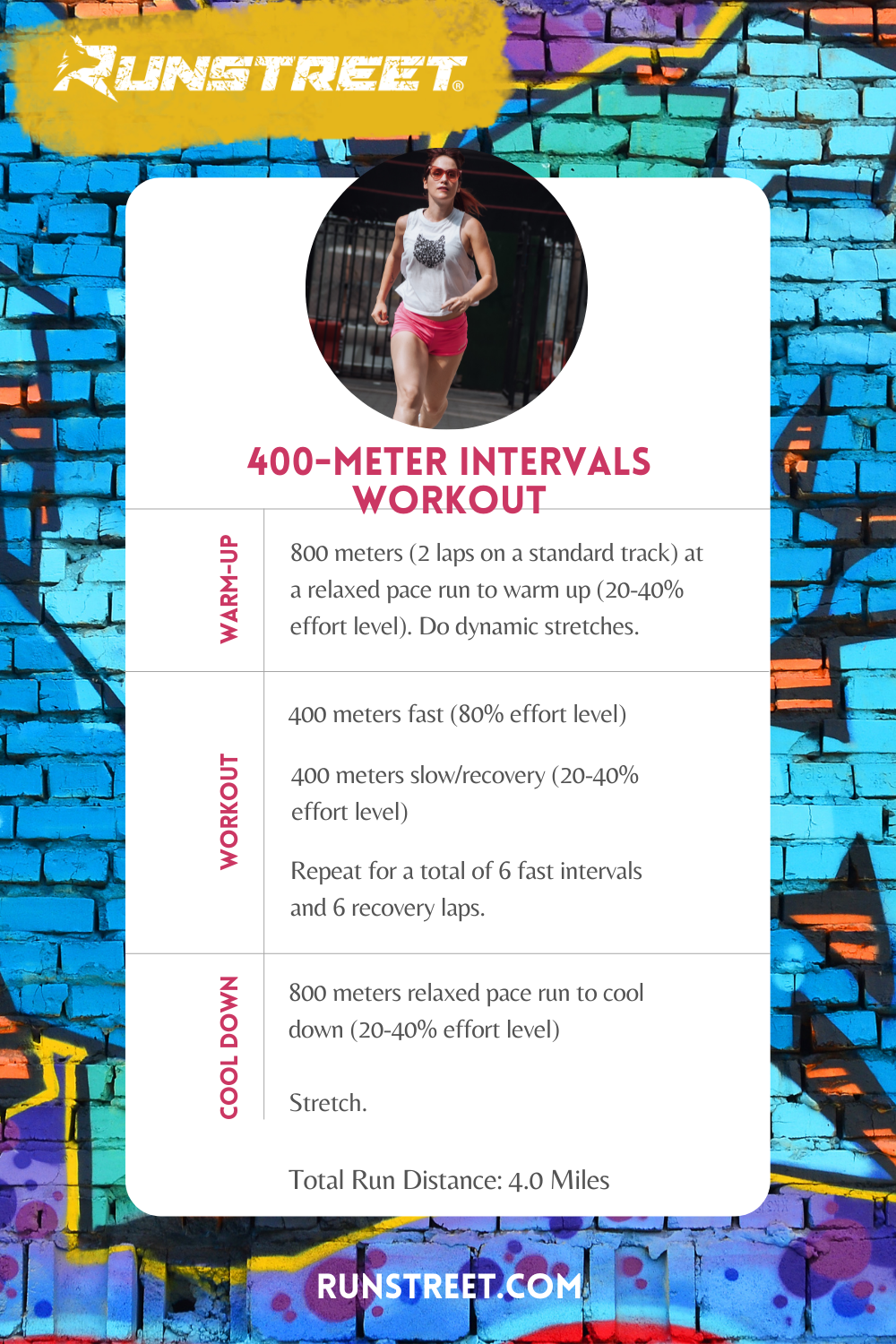Maximize Your Running Workout: Professional Strategies Unveiled
Maximize Your Running Workout: Professional Strategies Unveiled
Blog Article
Getting Over Discomfort in Operating: Techniques and Techniques That Work
Discomfort is a common companion for numerous joggers, usually serving as a barrier to attaining their desired objectives. With the right methods and techniques, it is feasible to get rid of and even prevent the pain linked with running. By checking out numerous approaches such as understanding the various sorts of running pain, maximizing shoes and type, integrating cross-training and toughness workouts, applying effective healing techniques, and maintaining appropriate nourishment and hydration, joggers can possibly ease their pain and improve their general running experience.
Recognizing Different Sorts Of Running Discomfort

Another kind of running discomfort is joint discomfort, which can show up as a sharp or throbbing pain in locations such as the knees, hips, or ankle joints (running workout). Joint pain may be triggered by factors like inappropriate running kind, overuse, or underlying conditions like arthritis (try this). It is essential to distinguish between muscle soreness and joint discomfort, as the latter may need clinical interest to stop more injury
Understanding the different sorts of running pain is critical for effective management and avoidance approaches to make sure a secure and satisfying running experience.
Appropriate Footwear and Running Type
To enhance efficiency and lower the threat of running-related injuries, picking suitable footwear and keeping correct running kind are vital parts for runners of all levels. Correct shoes plays a vital duty in providing assistance, padding, stability, and defense for the feet and lower arm or legs. It is recommended to choose running footwear that are particularly developed for the person's foot type, running stride, and the sort of running task they engage in. Getting fitted for shoes at a specialty running store can assist guarantee the appropriate fit and support.

Cross-Training and Stamina Workouts
Strength workouts, like squats, lunges, and core workouts, play a vital duty in supporting muscle mass and enhancing running performance. They can deal with muscular tissue imbalances, enhance dexterity, and enhance power output, all of which are crucial for running performance.
Incorporating cross-training and toughness workouts right into a running routine must be done purposefully. It is necessary to permit sufficient remainder in between running sessions and cross-training tasks to avoid overuse injuries. Furthermore, concentrating on appropriate form and technique throughout toughness workouts is crucial to optimizing their advantages and reducing the risk of injury. By integrating these elements right into a running regimen, runners can develop a more powerful structure, boost efficiency, and take pleasure in a more lasting running experience.
Healing and Rest Strategies
Having developed the importance of cross-training and stamina exercises in a detailed running regimen, focus can currently be routed in the direction of Healing and Rest Techniques as integral components for maximizing performance and lowering the risk of injuries. (running strategy)
Recuperation after running is crucial for muscular tissue repair service and growth. Strategies such as foam rolling, extending, and massage assistance in minimizing muscular tissue discomfort and enhancing Learn More flexibility. Adequate rest in between runs permits the body to recover and adapt to the physical stress and anxiety, stopping overuse injuries.
Integrating active recuperation days into a training routine, where low-intensity activities like walking or cycling are performed, can enhance blood circulation and promote recovery without putting excess pressure on the muscles. In addition, correct hydration and nutrition play an essential function in the healing process by restoring shed liquids and nutrients.
Quality rest is one more necessary facet of recuperation that need to not be ignored. During sleep, the body undergoes repair and regrowth processes, adding to general physical and psychological well-being. By focusing on healing and remainder strategies, runners can preserve optimal efficiency degrees and decrease the likelihood of experiencing pain or injuries.
Nourishment and Hydration for Runners
Carbs give power for running, while healthy proteins help in muscular tissue repair work and recovery. Ample hydration is likewise vital to maintain optimal efficiency, as also mild dehydration can negatively influence running performance. Additionally, timing meals and snacks suitably before runs can help protect against intestinal pain and supply the essential power for peak performance.
Final Thought
Finally, by understanding the different types of running pain, wearing appropriate shoes, maintaining correct running kind, integrating cross-training and strength workouts, focusing on recuperation and rest, and focusing on nutrition and hydration, joggers can efficiently get rid of pain and boost their efficiency. Implementing these approaches and strategies can help joggers stop injuries, enhance their endurance, and eventually appreciate a much more satisfying running experience.
Report this page